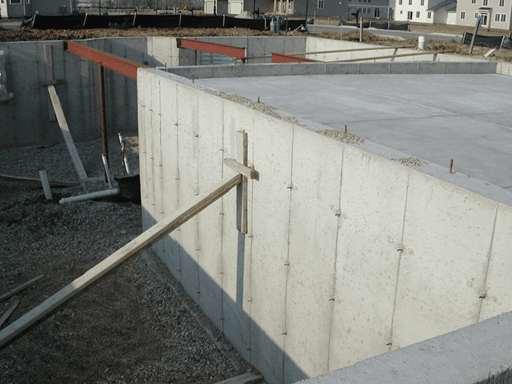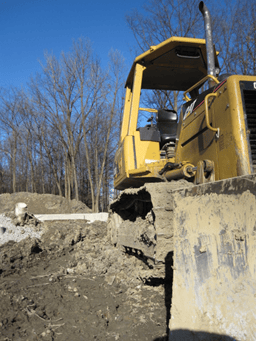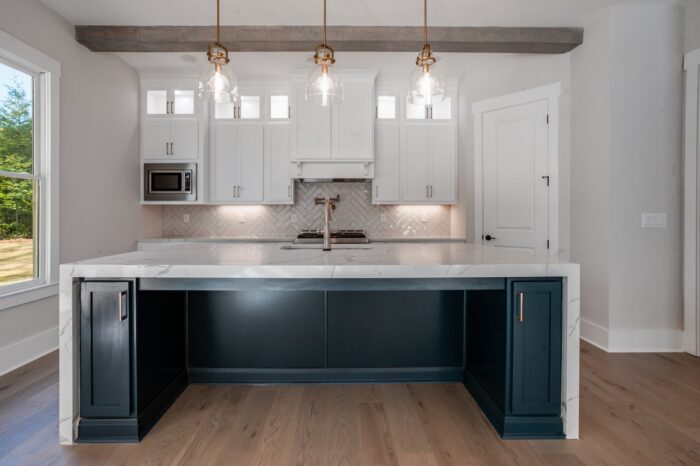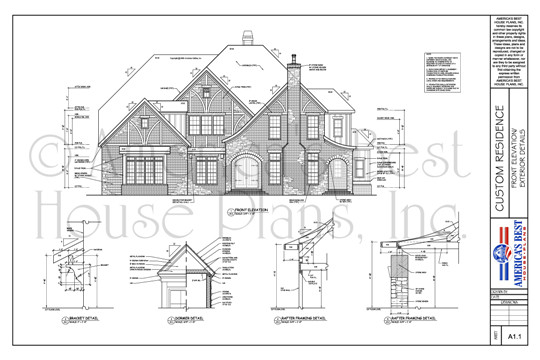- Shop
- Styles
- Collections
- Garage Plans
- Services
-
Services
- Cost To Build
- Modifications
- PRO Services
- Contact Us
- Learn
-
Collections
- New Plans
- Open Floor Plans
- Best Selling
- Exclusive Designs
- Basement
- In-Law Suites
- ADU Plans
- Plans With Videos
- Plans With Photos
- Plans With 360 Virtual Tours
- Plans With Interior Images
- One Story House Plans
- Two Story House Plans
- See More Collections
-
Plans By Square Foot
- 1000 Sq. Ft. and under
- 1001-1500 Sq. Ft.
- 1501-2000 Sq. Ft.
- 2001-2500 Sq. Ft.
- 2501-3000 Sq. Ft.
- 3001-3500 Sq. Ft.
- 3501-4000 Sq. Ft.
- 4001-5000 Sq. Ft.
- 5001 Sq. Ft. and up
-
Recreation Plans
- Pool Houses
- Sheds
- Gazebos
- Workshops
-
Services
- Cost To Build
- Modifications
- PRO Services
- Contact Us
Creating a Quality Basement Foundation

The foundation is the most important aspect of a home and if done correctly, your foundation will provide trouble-free support for years to come. If you take a shortcut, however, it can be a nightmare, creating cracks, leaks, and structural problems. This is especially true when it comes to a basement foundation. The more you know about this process, the better. Let’s take a look at some of the things that can be done to ensure a solid basement foundation for your new home.
Your builder will begin this process by testing the soil on your lot to determine the best approach to laying the foundation. They will also survey the land to determine the proper layout for the house plan. Once the plans and tests are complete, so begins the foundation laying process.
Concrete and Proper Cure Time
There are times in your new home building schedule that shouldn’t be rushed. Your foundation is one of those times. After pouring the foundation walls, make sure you let them cure a minimum of seven days before backfilling. The concrete needs time to gain strength in the hydration process. The cure time is affected by temperature so allow for additional time in cold weather. Professional builders typically add the concrete cure time into the foundation schedule so there are no surprises. For a poured concrete basement foundation wall, this can be anywhere from seven to fourteen days.
Brace For Backfill
Backfill operations put a tremendous amount of pressure on a new foundation wall. The pressure of moist soil and a bulldozer can easily damage foundation walls so the best way to protect your new walls is to brace them. Keep in mind, the floor framing acts as a brace to support the top of the wall and the framing counteracts the force from the soil and hydrostatic pressure (moisture next to the wall). But until the house is framed, the foundation wall must be temporarily braced. This can be done with 2×10’s and if possible, pour the basement floor before backfilling, as this helps brace the bottom of the foundation wall. Pouring a basement floor when the basement wall hasn’t yet been backfilled creates a dangerous trench condition between the wall and the sides of the excavation. Be sure to keep workers out of the trench and provide for a safe way to get into and out of the foundation location.
Using Heavy Equipment
An experienced bulldozer operator will know the best practices for backfill operations of a new home foundation. However, it doesn’t hurt to clarify safety rules prior to the start and include a note in your scope of work and specifications. Heavy equipment (i.e. dozers, front-end loaders, backhoes) should never track through the area between the foundation wall and the excavated area. The dozer or excavator tracks should stay on the virgin ground which is typically 3-4′ from the foundation wall.
The typical heavy piece of equipment that is used to backfill a home foundation can weigh up to 50k lbs. The average car weighs about 3000 pounds, so the dozer or loader weighs the equivalent of sixteen cars! That’s a lot of weight to be concentrated in a very small area.
Use Only Clean Material for Backfill
In this case, clean material is without large rocks, construction debris, concrete spoils, etc. Basically, you don’t want any of these potentially heavy, sharp objects to be pushed up next to the foundation wall. They could potentially cut through your waterproofing membrane causing leaks in the future. If construction debris or other organic material (i.e. tree branches/stumps) gets into the backfill, it will cause extra settlement of this area as it deteriorates. This can cause your nice, new landscaping beds to sink.
Poured concrete walls are a great choice for new homes with basements. Just make sure your builder follows proper procedures so it will provide trouble-free support for your family for years to come.
For more information about building a quality basement foundation, check out these links:
- https://www.homeadvisor.com/cost/foundations/install-a-foundation/
- https://www.diynetwork.com/how-to/rooms-and-spaces/basement/a-strong-foundation-installing-the-foundation
- https://www.basementsystems.com/basement-waterproofing/basement-learning-center/basic-construction.html
- http://www.about-home-design.com/basement-construction.html

Brandon Hall
Our "go to guy" and company expert, Brandon is the visionary and dreamer of all we do here at America's Best House Plans. He manages quality assurance, audits existing processes for maximum effectiveness, and develops strategies to increase productivity and efficiency. With over 15 years experience in the home design industry, Brandon has a hand in every aspect of the day-to-day operations of our company, in addition to ensuring an unparalleled level of service to our customers.
Related Articles
November 20, 2023
/Brandon C Hall
How Much Does it Cost to Vault a Ceiling?
Learn about the expenses of building a new home with vaulted ceilings or adding a vaulted cei …

October 18, 2023
/Brandon C Hall
The Timeless Appeal of Colonial-Style Houses
What is a Colonial Style House? Characteristics & Types Explore the enduring elega …

October 10, 2023
/Brandon C Hall
Install Cabinets Before or After Flooring?
Discover expert advice on whether to install cabinets or flooring first in new constructions. Get ti …

September 28, 2023
/Brandon C Hall
Our Dream Address: The Jones Family Home-Building Journey
Building a home can be an extensive process, so learning from another family’s building experi …

September 25, 2023
/Brandon C Hall
New American Floor Plans Combine Innovation and Comfort
The architectural evolution of American floor plans is one of the multiple cultural shifts, societal …

September 13, 2023
/Brandon C Hall
The Unique & Rustic Character of Gambrel Roof House Plans
The essence of a Barn invokes strong nostalgic memories of hardworking farmers, simpler times workin …

August 28, 2023
/Brandon C Hall
Build My Own House: Qualifications & Recommendations
Ready to build your dream home as an owner-builder? Learn about qualifications and recommenda …

July 18, 2023
/Brandon C Hall
Home Blueprints Pave the Way to Your Perfect Space
When it comes to building your dream home, the foundation lies in the blueprint. To capture the beau …

July 6, 2023
/Brandon C Hall
Simple House Plans that Blend Function and Style
When it comes to our busy and stressful everyday lives, sometimes simple is better; the same ca …

HOUSE PLANS
SERVICES
Enter your email to receive exclusive content straight to your inbox

































